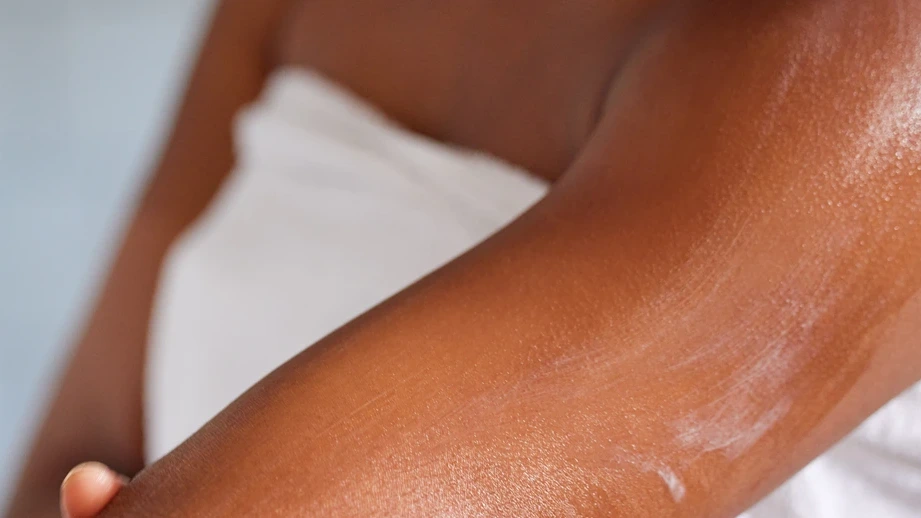Dehydrated Skin vs Hydrated: Understanding the Difference and How to Replenish Your Skin


Are you struggling with dry or dehydrated skin? While these two terms may seem similar, they actually refer to different skin conditions. Understanding the difference between dehydrated skin and hydrated skin is crucial for choosing the right skincare routine and products to restore your skin's health and appearance.
Dry skin is a skin type characterized by a lack of natural oils, also known as lipids. This results in a dry and rough texture, often accompanied by flakiness and tightness. Dry skin is a genetic predisposition and can be influenced by factors such as age, climate, and hormonal changes.
On the other hand, dehydrated skin is a skin condition that occurs when your skin lacks water. It can affect any skin type, including oily or combination skin. Dehydrated skin can be caused by external factors like weather conditions, excessive sun exposure, harsh skincare products, and a lack of moisture in the air. It can also be a result of internal factors like a poor diet, dehydration, or certain medications.
It's important to be able to differentiate between dry and dehydrated skin to provide the appropriate care. Here are some key traits that can help you determine whether your skin is dry or dehydrated:
Now that you understand the difference between dry and dehydrated skin, let's explore how to treat each condition effectively:
Understanding the difference between dehydrated skin and hydrated skin is essential for maintaining a healthy and radiant complexion. While dry skin is a skin type characterized by a lack of natural oils, dehydrated skin is a condition caused by a lack of water. By identifying the traits and symptoms of each, you can tailor your skincare routine to address your specific needs. Remember to moisturize regularly, protect your skin from external factors, and stay hydrated to keep your skin looking and feeling its best.